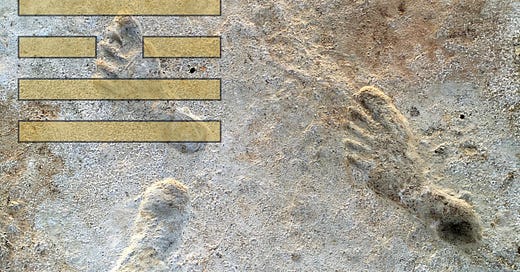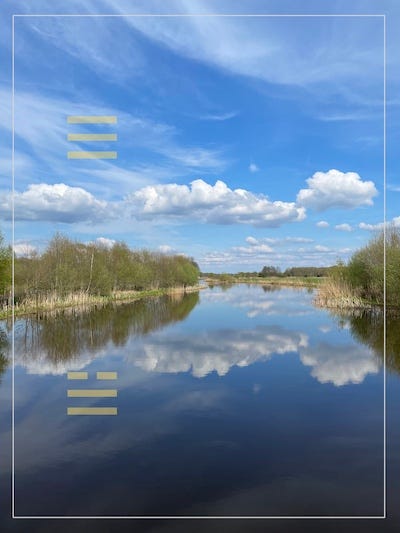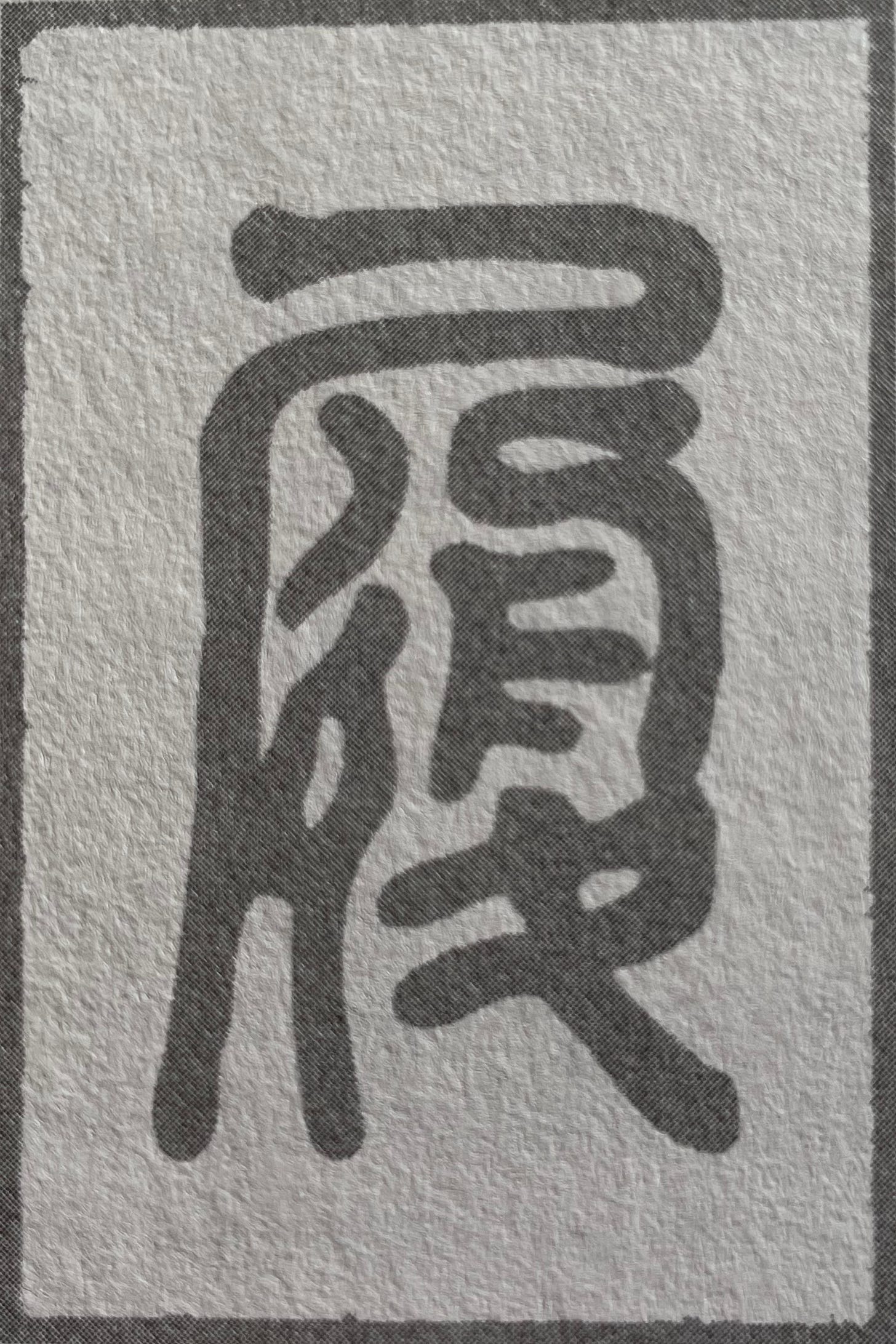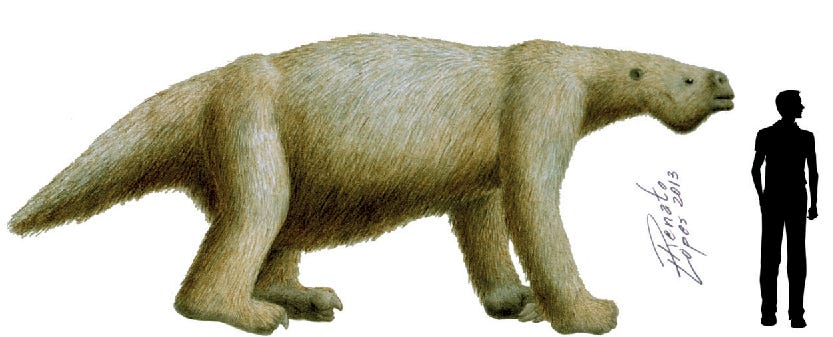This post has been translated from Dutch into English with DeepL. It will be manually edited and streamlined soon.
THE PICTURE of two trigrams: Heaven above, a Lake below. Within a family context, Heaven is represented by the father and the Lake by the youngest daughter. The image of an old and a young soul walking together. Their lives coincide for a period of time. Someday they will diverge again, but for now a precious exchange takes place. The father's long heavy stride and, alongside it, the little girl's cheerful frolic.
The first 10 chapters of the Book of Changes follow the story of the early years of a human life. In chapters 1 and 2 the genesis. The next two chapters describe birth, the very beginning and play. Chapters 5 and 6 outline need, the necessity of waiting and the possible conflict. Then follows the discovery of the multitude, which life offers, with within it the hidden - and to be discovered - unity of things. A child, a young adult, learns quickly and thoroughly. Arriving at chapter 9, the balance is taken. The learning process is far from complete, but enough to embark on a first adventure: Starting Small
.How life then unfolds is highly personal. A stride, a pace, a walk, a course.
The Chinese name of this hexagram, Lü, is variously translated: Treading, Conduct (Richard Wilhelm), Fulfillment (Alfred Huang), Walking (Deng Ming Dao), Stepping (Richard Rutt), Caution (Julie Tallard Johnson). Let's see what Alfred Huang has to say about the etymology of the Lü pictogram.
The ideograph of Lü is a complicated, four-part picture of a person walking in shoes. At the top of the ideograph, there is one horizontal line that extends from left to right and then from right to left and all the way down to the bottom of the left side. The curved horizontal line represents the head of a person, while the long vertical stroke represents a human body standing upright. The rest of the ideograph is divided into two parts. On the left there are three curved strokes, symbolizing the footprints of three small steps. At the top right, there is a picture of a shoe. Underneath the shoe, there is another ideograph symbolizing the action of walking. The original meaning of Lü is a pair of shoes. From shoes, the meaning was extended to include treading upon something and then carrying out one’s duty or fulfilling one’s agreement. In Chinese, fulfillment is made of two characters: lü xing. Literally, lü means shoes, and xing means walking. To the Chinese, walking with shoes symbolizes moving forward with firm steps, advancing to fulfillment.
The Complete I Ching - Alfred Huang
In Old and Young, the relationship between a grandchild and one of his grandparents was outlined. The hexagram of Walk, the tenth chapter of the Book of Changes, seems to depict something similar. The father knows the route well, having walked it countless times, and knows where to pay close attention. The road is winding and unpredictable. Instead of the father forcing his experience on the small child, shower her with well-meaning advice and warning, he gives her the opportunity to figure things out for herself. He will not disturb the child's curious playfulness, because the most valuable lessons always come through direct experience. Of course, if necessary, he will intervene. The father's contribution during the shared journey is in clear attention. That of the girl is wonder and discovery.
Unlike what we may be used to, the process of teaching and learning is not a one-way street. The girl learns from the father, that's for sure, but the father perhaps we learn even more from the small child. He mirrors life for her like a starry night sky. She mirrors for him like the still surface of a small lake.
The girl is the apple of her father's eye. He knows that countless difficulties and dangers await her in life. You can burn your fingers, fall off your bike, be bullied at school, and what about the first heartbreak? Ideally, he would like to protect her from all that, but he is aware that that is an illusion. The potential dangers are poetically symbolised by a tiger's tail. Best not to step on that. The road ahead is full of challenges and dangers. In the classical text, the verdict of this hexagram reads:
Treading upon a tiger’s tail,
Does not bite.
Prosperous and smooth.
Still, the best protection against dangers grows by avoiding them precisely (also read Dangerous Play and Playing not Allowed). Step by step discovery, little by little experience. And how nice to have someone beside you, watching you from a distance.
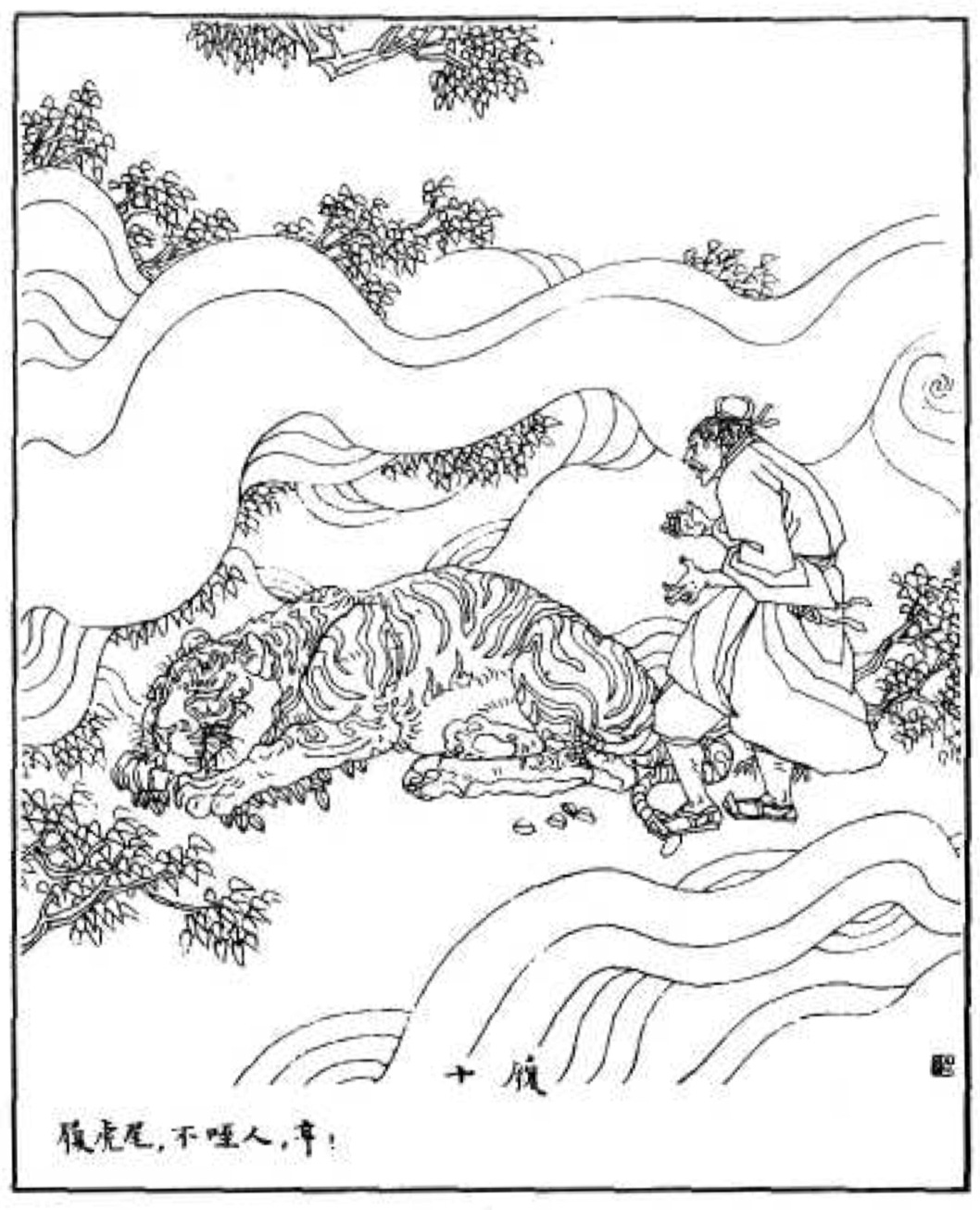
Deng Ming-Dao, the author of The Living I Ching poetically articulates the commentary on the hexagram:
A father and his daughter hunt
for red ginseng. He does not say,
‘Walk behind,’ when he sees her prance
like a pony with no bridle... A tiger, down from dun mountains,
He heaves the pack on his bent back;
the smell of grass seeps from damp cloth... slinks toward a lake in wilted trees,
She bounds through the high grass, teeth white
against the lake’s turquoise ripples... tongue rough, stalking in rattling grass,
Her father warns her not to run.
She sidles back, pulls his whiskers... hypnotized by the waves, crouching—
She plunges through the grass again,
steps blindly on the tiger’s tail.
Her father grabs for her, eyes wide,
as yellow and black stripes vanish.She laughs and wades into the lake
oblivious to teeth and claws.Deng Ming-Dao - The Living I Ching
Recently, archaeologists in the White Sands National Park in New Mexico found a kilometre-and-a-half long trail of footprints. They date from 10000 years ago. Despite their age, the scientists involved could reconstruct a remarkable story.

The trail shows footprints of an adult and a child. In parts where the child's disappear, the adult carried it. It can even be deduced from the depth of the prints on which hip the child was carried and how fast they walked. In one place, the track is crossed by that of a mammoth, and in another by that of a giant sloth. There is no mention that a tiger was nearby, so there was no danger of stepping on its tail. But you shouldn't annoy a mammoth or prank a giant sloth either.
There is also a trail running in the opposite direction. The adult walked back after a short time, but without the child. Did something terrible happen? Or was the child just delivered to a friend's house, or to its grandparents?

To be continued soon ...

